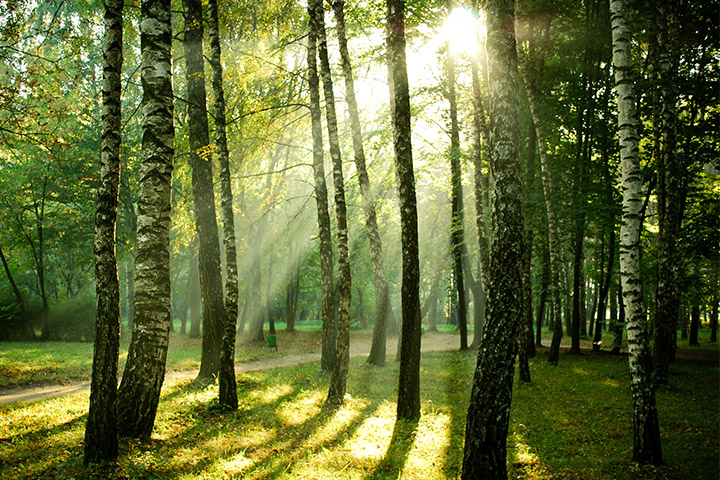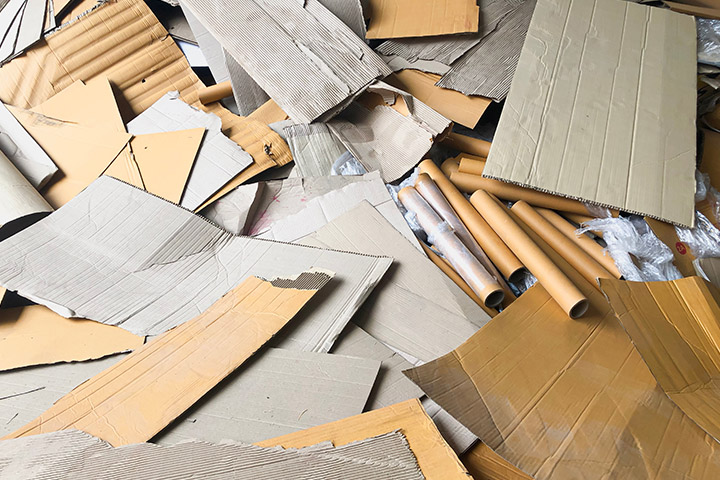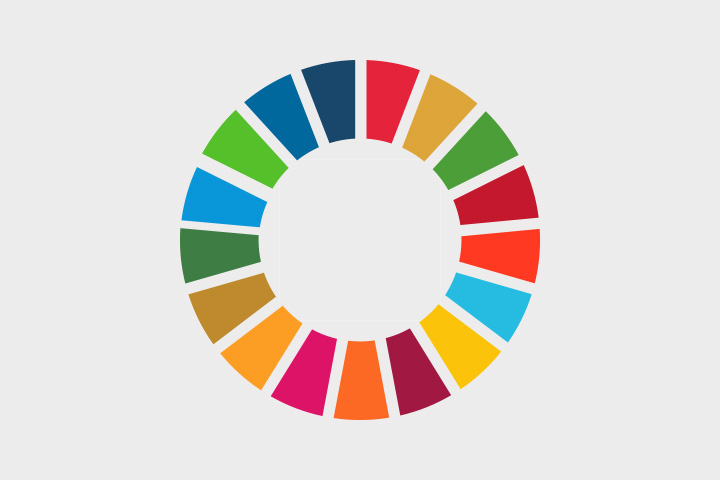UN Sustainable Development Goals
Lighting can be used as an important tool to achieve 11 of the UN’s 17 Sustainable Development Goals for 2030. Here, we have defined 11 reasons why good lighting should be a priority for decision-makers at national and international levels. These reasons are closely linked to the UN goals and reflect our shared vision of a more sustainable society.
Sector lighting
Lyskultur's 11 reasons to invest in better lighting are increased safety; increased security; better experiences, well-being and well-being; easier orientation; better health; better climate; less light pollution; lower energy consumption; better learning environment; and better performance. Here are the sustainability goals that lighting can help achieve. At Norlux, we have chosen to focus on the following goals:
- 3. Good health and quality of life
- 12. Responsible consumption and production
- 17. Collaboration to achieve goals
Goal 3. Good health and quality of life
Sikre god helse og fremme livskvalitet for alle, uansett alder.
Well-planned lighting can prevent serious health problems such as chronic stress, migraines and depression. Well-lit outdoor areas are also used more for exercise and social activities, which helps to improve mood and has a stabilizing effect on blood pressure, lymphatic and nervous systems. Experience shows that investing in lighting in workplaces and schools increases learning and performance, as well as, not least, better well-being, health and quality of life.
Goal 4. Good education
Sikre inkluderende, rettferdig og god utdanning og fremme muligheter for livslang læring for alle.
Lighting helps shape the physical learning environment so that people of different ages and visual impairments can orient themselves, socialize and participate in various learning activities. Concentration, mood, energy levels and memory are greatly affected by lighting. The right lighting can optimize learning outcomes, performance and well-being for all individuals. In order for a lighting solution to facilitate different activities and make the best use of daylight, light control must be implemented.
Goal 7. Clean energy for all
Sikre tilgang til pålitelig, bærekraftig og moderne energi til en overkommelig pris for alle.
LED is the most durable, and energy/cost-efficient light source on the market today. Projects focusing on international distribution of energy-saving LED -bulbs in developing countries, has given more people in rural areas the opportunity to study, work and perform other tasks in the evening. This has improved the quality of life of individuals and provided economic benefits for the society in which they live. A faster transition to LED based lighting will also free up energy for the future's increasing need for electrical power.
Goal 9. Innovation and infrastructure
Bygge solid infrastruktur og fremme inkluderende og bærekraftig industrialisering og innovasjon.
The lighting industry's technological development is resulting in ever-new energy- and cost-efficient light sources, lighting fixtures and control systems. To continue this positive development, decision-makers must invest in development and production, upgrades of facilities and control systems, and professional expertise in lighting in projects.
Goal 10. Reduced inequality
Redusere ulikhet i og mellom land.
Upgrading lighting can be one of the easiest and most affordable ways to give an area a boost. This can contribute to the democratization and integration of outdoor spaces such as residential areas, parks, squares, playgrounds and sports facilities. Good lighting makes public spaces more accessible and creates better conditions for social life and activation for more people. Availability of cost-effective electric lighting in developing countries can also reduce socio-economic inequalities between countries.
Goal 11. Sustainable cities and communities
Gjøre byer og lokalsamfunn inkluderende, trygge, robuste og bærekraftige.
Energy-efficient lighting is an easy way to minimize energy consumption and greenhouse gas emissions. Rapid implementation of energy-efficient lighting solutions will free up energy. This is important to meet our increasing energy needs as cities grow and society becomes more electrified. Proper use of lighting will also help us feel safe in and proud of our local areas, which strengthens our sense of belonging to the area and its identity.
Goal 12. Responsible consumption and production
Sikre bærekraftig forbruks- og produksjonsmønstre.
New sustainability measures, including ecodesign and energy labelling for lighting products, have been adopted by EU countries this year. Regulations for quality assurance and phasing out products on the market have also been tightened. The industry should invest in the development of innovative and energy-efficient light sources, lighting fixtures and lighting controls with long lifespans. Not least, further development of effective schemes for recycling and reuse is important to support tomorrow's requirements for a more comprehensive circular economy.
Goal 13. Halt climate change
Handle umiddelbart for å bekjempe klimaendringene og konsekvensene av dem (Basert på en erkjennelse av at FNs rammekonvensjon om klimaendring er det viktigste internasjonale og mellomstatlige forumet for forhandlinger om globale tiltak mot klimaendringer).
With new and energy-efficient technology and lighting control systems, we can reduce energy consumption and greenhouse gas emissions from lighting. Today's energy use for lighting in Norway is 7-10 TWh, and with the help of LED -lighting and control systems we reduce energy use for lighting by up to 90% indoors and outdoors. In addition to implementing climate-friendly lighting solutions in new buildings, all building rehabilitation projects should include upgrading lighting.
Goal 14. Life below water
Bevare og bruke havet og de marine ressursene på en måte som fremmer bærekraftig utvikling.
Light regulates important life functions such as reproduction, nutrient intake, migration and growth in marine mammals, amphibians, fish and microorganisms. In addition, light controls photosynthesis in algae and corals. Light pollution, especially along coastal areas and large waterways, can damage biodiversity and food chains in very important ecosystems. By investing in lighting expertise, lighting that reduces these effects can be implemented.
Goal 15. Life on land
Beskytte, gjenopprette og fremme bærekraftig bruk av økosystemer, sikre bærekraftig skogforvaltning, bekjempe ørkenspredning, stanse og reversere landforringelse samt stanse tap av artsmangfold.
Through its harmful effects on animals, birds, insects and plants, light pollution can threaten terrestrial biodiversity. Some of the functions that light pollution can disrupt are cycles and patterns in communication, foraging, migration and reproduction in animals, pollination in insects and plant growth. We need light; good lighting increases both safety, security, orientation and health, well-being and well-being. By using professionals, however, we can integrate lighting that is both energy-efficient and reduces light pollution. Further development of effective schemes for recycling and reuse is important to support tomorrow's demands for a more comprehensive circular economy.
Goal 17. Cooperation to achieve the goals
Styrke virkemidlene som trengs for å gjennomføre arbeidet, og fornye globale partnerskap for bærekraftig utvikling.
There are already several international organizations and close collaborations within the global lighting industry. Joint development of regulations, standards and guidelines strengthens this collaboration and the focus on our common goals. By decision-makers prioritizing and utilizing professional expertise both nationally and internationally, we can together exploit the global potential of lighting for the benefit of all.





